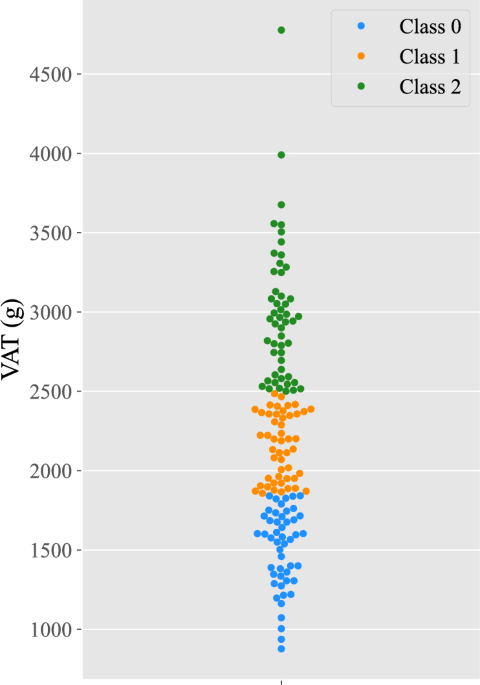Exploring Machine Learning for Visceral Fat Classification in Women with Obesity

Introduction
The excessive accumulation of visceral fat (VAT) is a critical factor in obesity-related health risks. This study focuses on classifying women with obesity using advanced machine learning techniques and common laboratory metrics.
Current Measurement Methods
- Traditional methods include anthropometric formulas, bio-impedance, and imaging techniques like DXA.
- These methods are often limited by measurement errors or require specialized equipment.
Study Focus and Methodology
Unlike previous studies that primarily targeted men, this research aimed at analyzing VAT in women. The study assessed the performance of several models:
- Multilinear Regression (MLR)
- Logistic Regression (LR)
- Support Vector Machine
- Decision Trees
Results
- MLR models exhibited poor accuracy with an R² of ≤ 0.62.
- Logistic Regression achieved the highest accuracy with scores of 0.57, 0.63, and 0.53 for different datasets.
Conclusion
This study concludes that while direct VAT measurement remains challenging, machine learning can effectively classify women with obesity based on blood sample data. These promising results call for further validation in larger populations, emphasizing the potential for improved clinical strategies.
This article was prepared using information from open sources in accordance with the principles of Ethical Policy. The editorial team is not responsible for absolute accuracy, as it relies on data from the sources referenced.